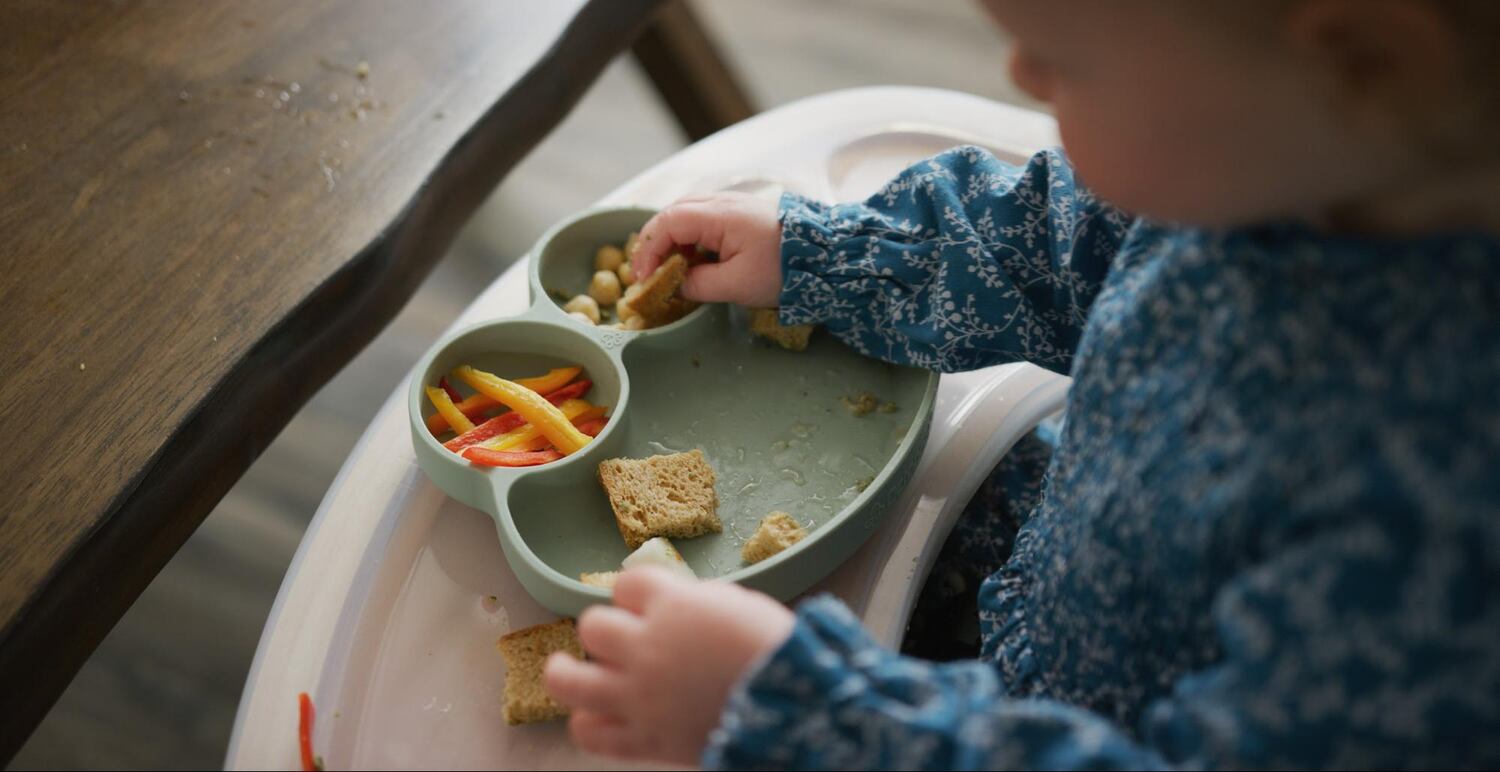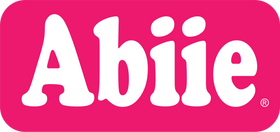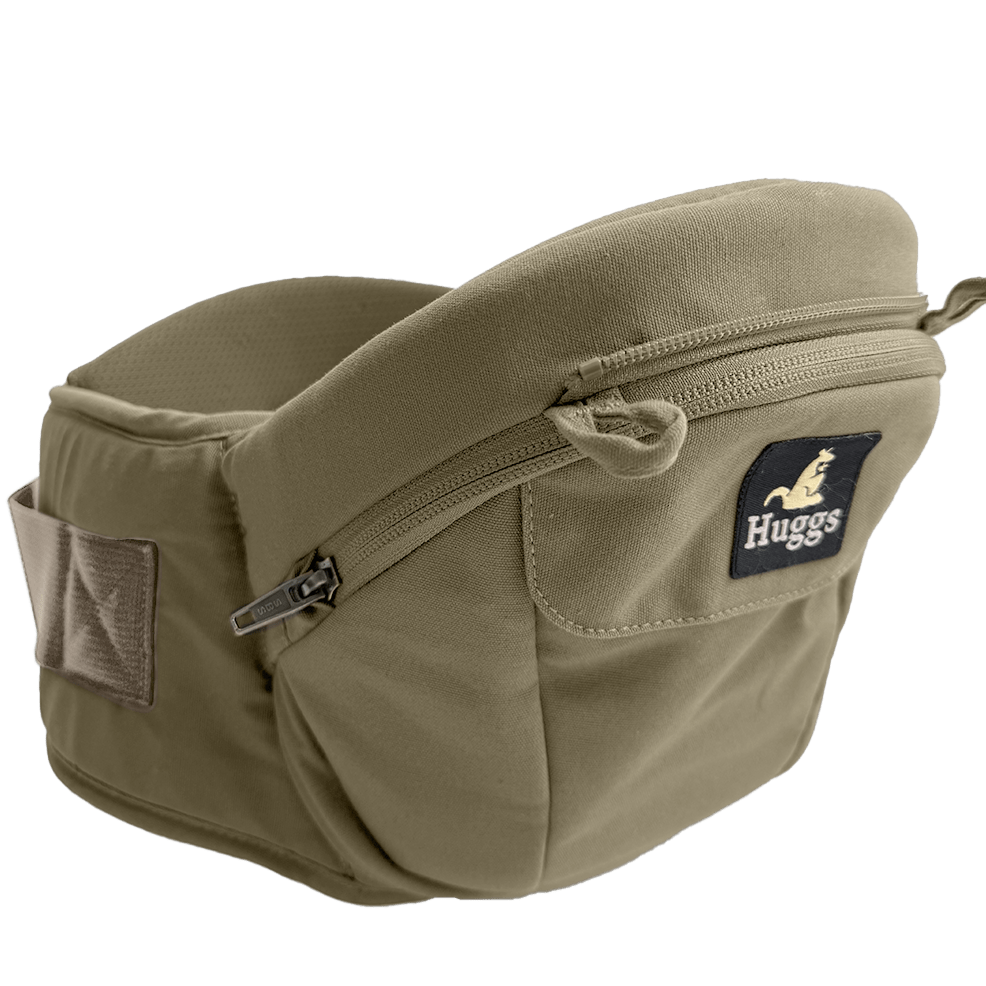How Suction Baby Dishes Can Help with Self-Feeding

A baby’s self-feeding is a significant milestone when they learn how to use their senses to explore their food. During this time, they also learn how much or how quickly they want to eat.
Your baby should self-feed when they’re 9-12 months of age. If your precious one is nearing this age range, you should consider stocking up on suction baby dishes. They’re the best options, especially if you’re only starting to teach your baby how to eat solids for the following reasons:
Promotes Baby’s Self-Feeding
Suction dishes are great for self-feeding because of their stability. Thanks to their bottom suction cups, they won’t budge no matter how much your baby pushes or pulls them.
Suction dishes also help stabilize the baby when they’re feeding. They don’t have to struggle to get food, in contrast to traditional dishes that can move back and forth with their often-jerky movements.
With the dish firmly secured in place, your baby can easily use their hand to feed themselves. This allows them to improve hand-eye coordination and fine motor skills, further enhancing your baby’s self-feeding skills.

Improves Motor Skills
As you start teaching your baby how to eat solids, you may notice that they cannot pick up small pieces of food. That’s because they may not have yet developed their pincer grasp, which is the ability to hold something between the index finger and the thumb.
That said, you can help your baby feed independently by serving their food in suction dishes. The edges of the dish, for one, allow them to scoop their food successfully. So when the baby self-feeds, they should not end up pushing the food around the table.
Suction dishes can help promote the development of motor skills, which is crucial for a baby’s self-feeding. This is also useful for later activities that require fine motor skills, such as writing and drawing.
Enhances Cognition
Partitioned suction plates allow parents to introduce various food groups during their baby’s feeding time. Not only does this help them build their food preferences, but it can also help boost cognitive development.
For one, serving a variety of food options provides the baby with all the key nutrients necessary for boosting brain development.
Exposing your self-feeding baby to different food colors and items can also help them with pattern recognition, allowing them to pinpoint which is which.
On top of being the vehicle for colorful food, suction dishes also come in shades that help with brain development. Their vibrant hues make them easier to see, thus contributing to optic nerve development. Ultimately, they help enhance cognition without the risk of overstimulation.
Provides Sensory Experiences
Sensory experiences are essential, especially if you’re teaching your baby how to eat solids. Activities such as touching and smashing their food can help build brain connections, allowing them to advance their self-feeding skills.
Baby suction dishes can help boost your baby’s sensory experience by allowing them to explore different tastes, textures, and food temperatures.
Establishes Routine
Babies love routines, as they provide a sense of safety, trust, comfort, and self-control. Since routines help babies prepare for what will happen next, they can help them build more advanced thought processes.
So when a baby self-feeds, parents should introduce suction dishes, as these can help establish a routine. Seeing the same plates or bowls every day helps them know that it’s time to eat. This also fosters a consistent eating environment that can lead to healthy eating habits.
Less Mess
Self-feeding-ready babies will show signs, like grabbing food from the plate and pushing your hand away while you’re feeding them. Because of these tendencies, your baby may end up tipping traditional dishes over, leading to a lot of mess.
This is why suction dishes are better if you’re teaching your baby how to eat solids. Even if your baby grabs food from the dish, it will remain firmly attached to the surface, so you don’t have to worry about spills. After all, every time food is knocked over, you may end up focusing on the mess instead of the entire feeding experience.
Less mess also means less food wastage. Imagine all the fruits and vegetables that you save because you don’t have to redo your baby’s food. Not only do suction dishes help with baby’s self-feeding, they’re good for the environment too!

Easy to Clean
Our silicone and bamboo suction dishes are easy to clean. After use, you can throw them in the dishwasher. And yes, they’re easy to hand wash too.
So how does this easy-to-clean feature benefit self-feeding? For one, you don’t have to spend much time cleaning dishes. Instead, you can focus more on teaching your baby how to eat solids. The more time and attention you give your baby, the faster they’ll improve their feeding skills.
The Takeaway
A baby should self-feed when they’re ready. That said, you can help improve your baby’s self-feeding skills with the help of suction dishes. Thanks to their secured design, they can help promote your baby’s self-feeding skills and improve their motor and cognitive skills. They can also provide the necessary sensory experience while reducing messes.
Help perfect your baby’s feeding skills with Abiie® suction dishes. These bacteria-resistant and microwave/dishwasher-safe dishes are free of phthalates, BPA, BPS, and PVC. They’re highly durable, so you don’t have to worry if your baby decides to chew on them.
Available in various colors and styles, our non-toxic suction dishes can help you and your baby enjoy a fuss-free feeding time!

 US
US
 Canada
Canada
 Japan
Japan
 European Union
European Union
 Taiwan
Taiwan
 Malaysia
Malaysia
 Singapore
Singapore




